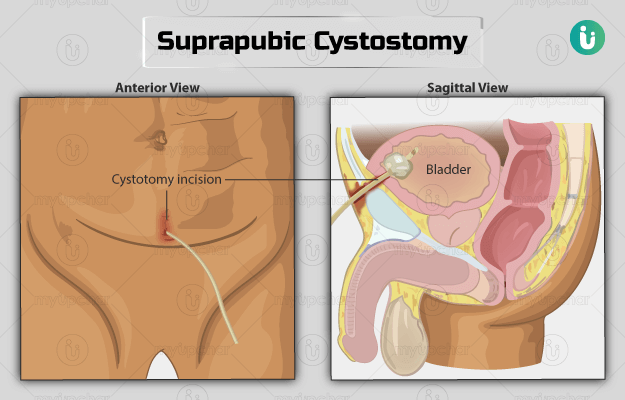Summary
Suprapubic cystostomy is also known as suprapubic catheter insertion or vesicostomy. It is a surgical procedure that involves the insertion of a catheter tube into the bladder by creating a small opening in the lower abdomen. The main purpose of the catheter is to drain out urine from the bladder if you are having trouble related to the retention of urine inside the bladder.
You will have to undergo certain tests before the surgery to ensure that you are not at risk of complications. During the surgery, you will be administered local anaesthesia to numb the site of the operation. After the surgery, you will need to follow-up with your doctor to either remove the catheter or to replace it (if it's for a long term) every few months.








































